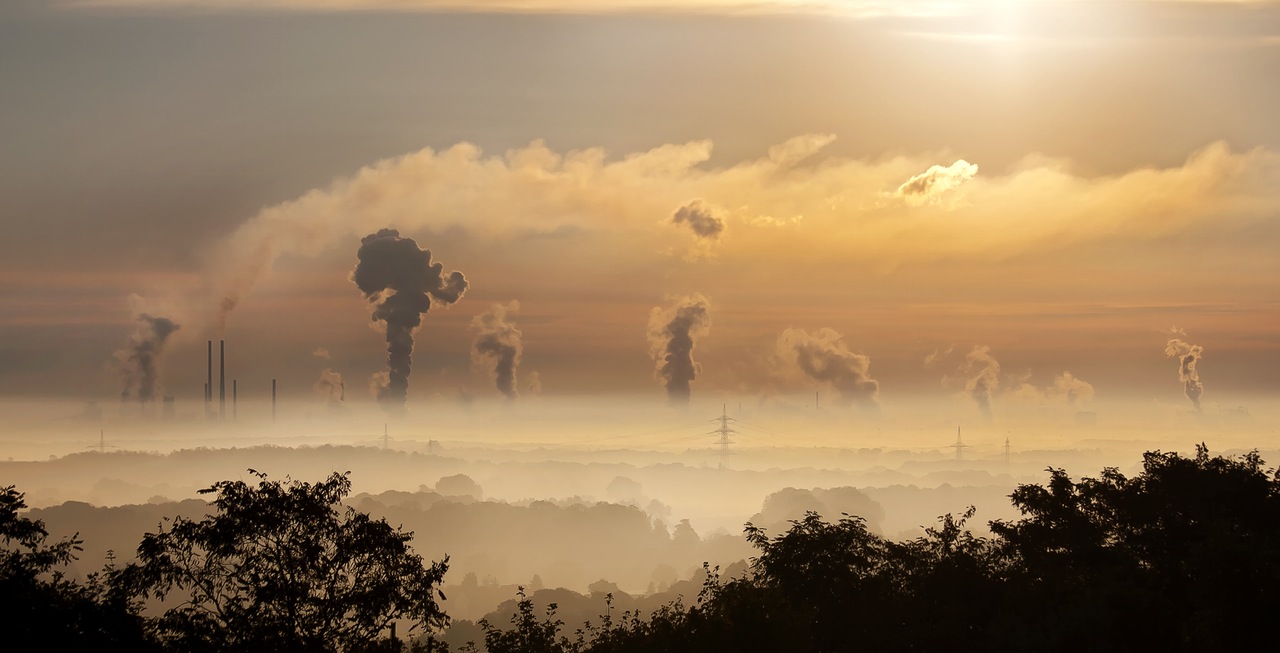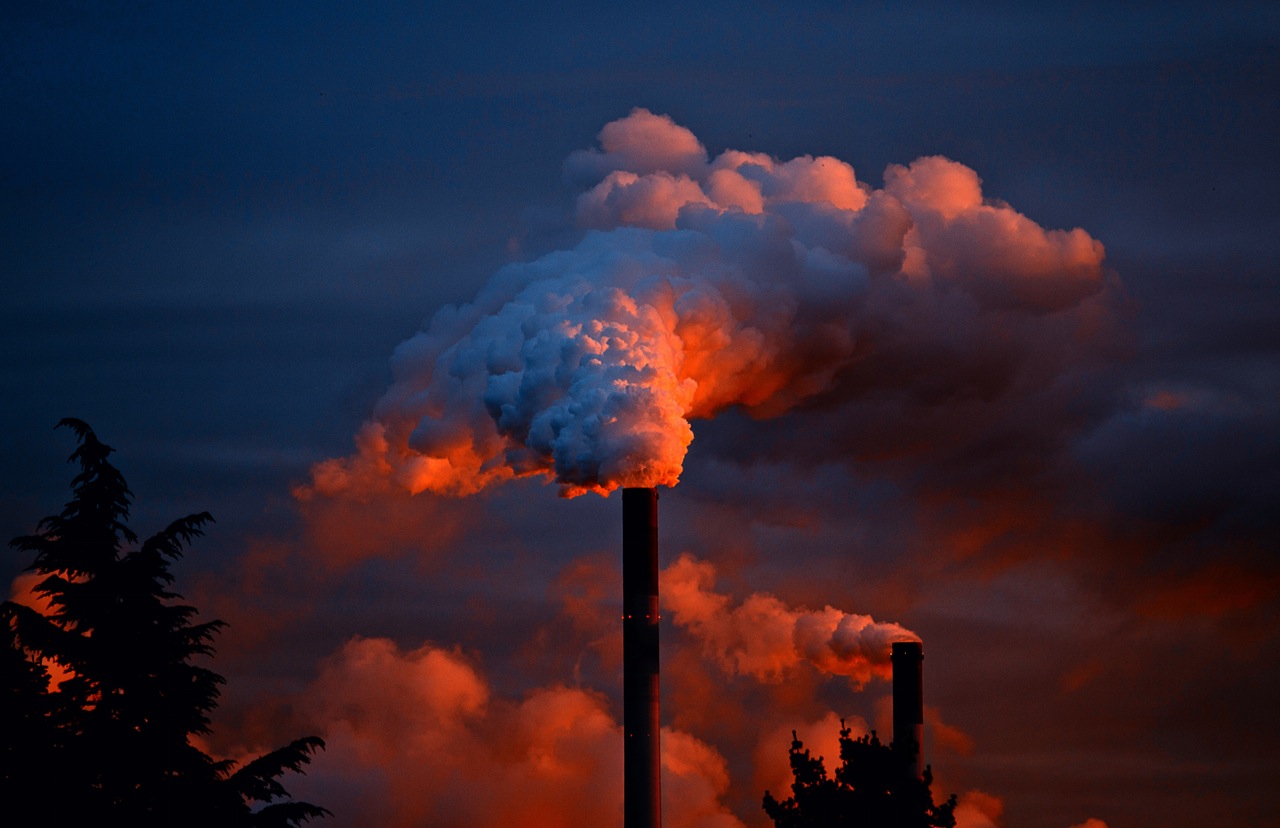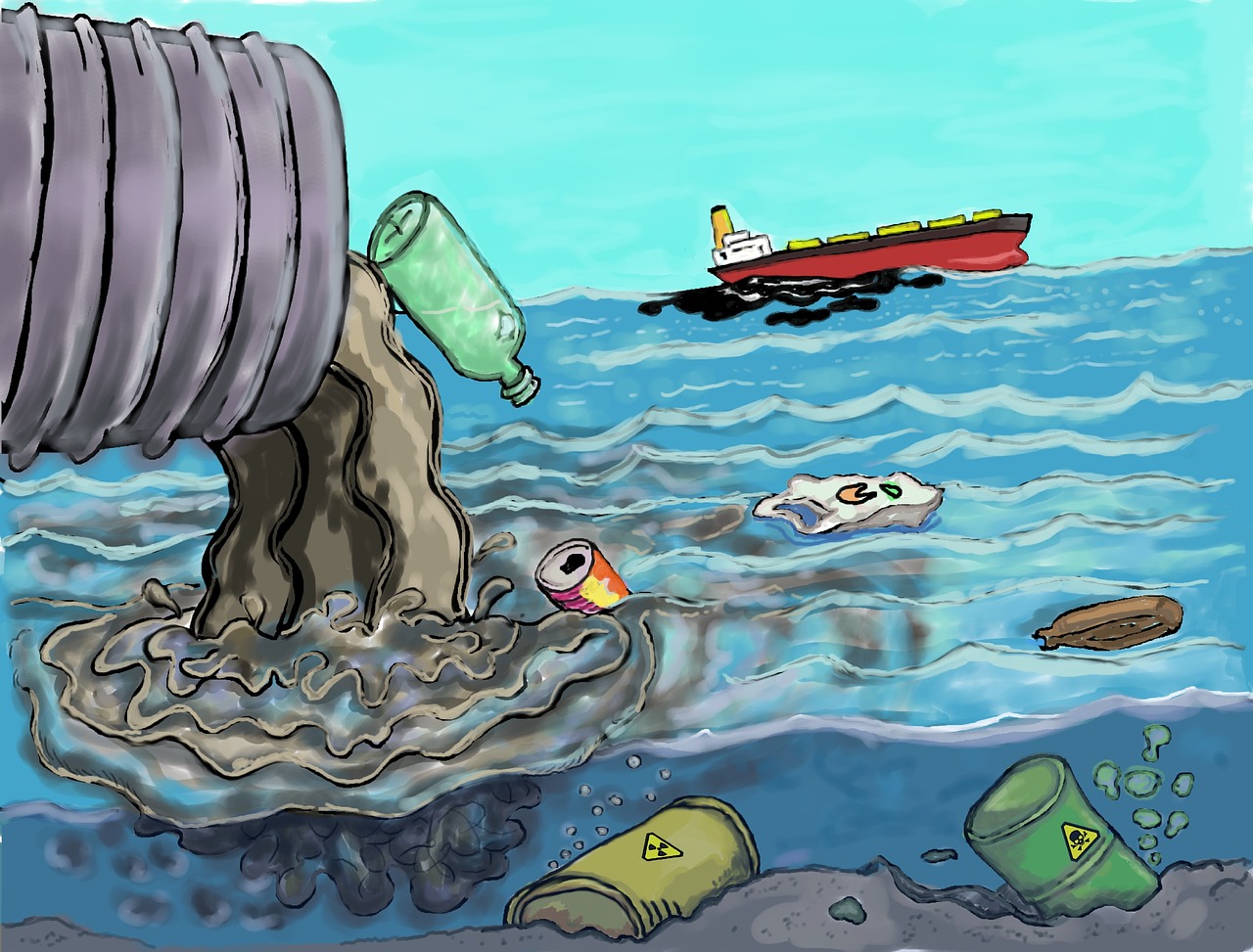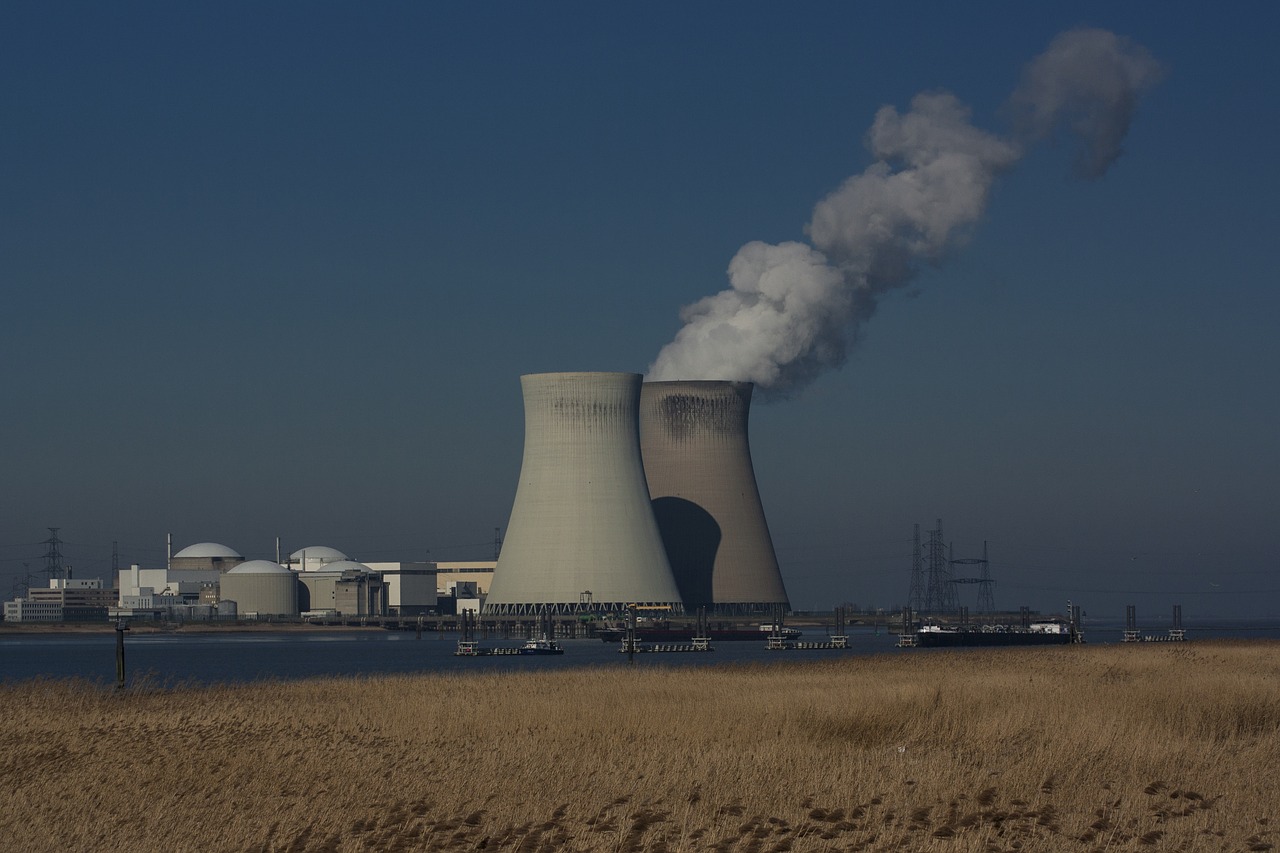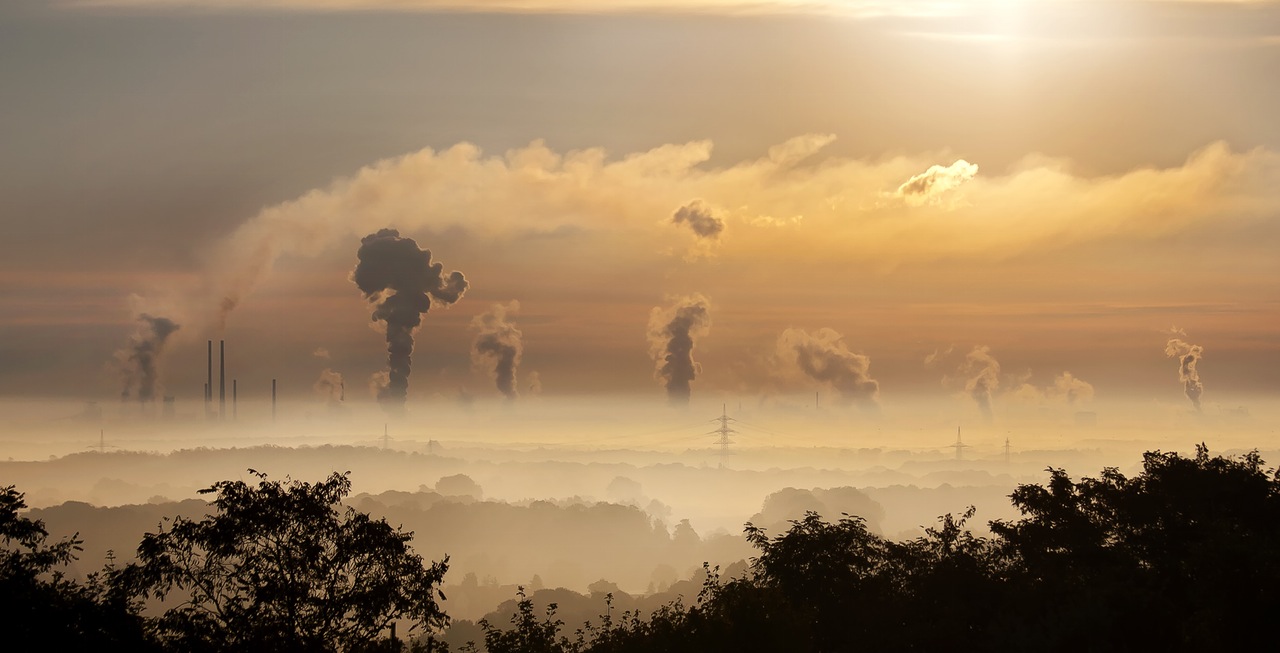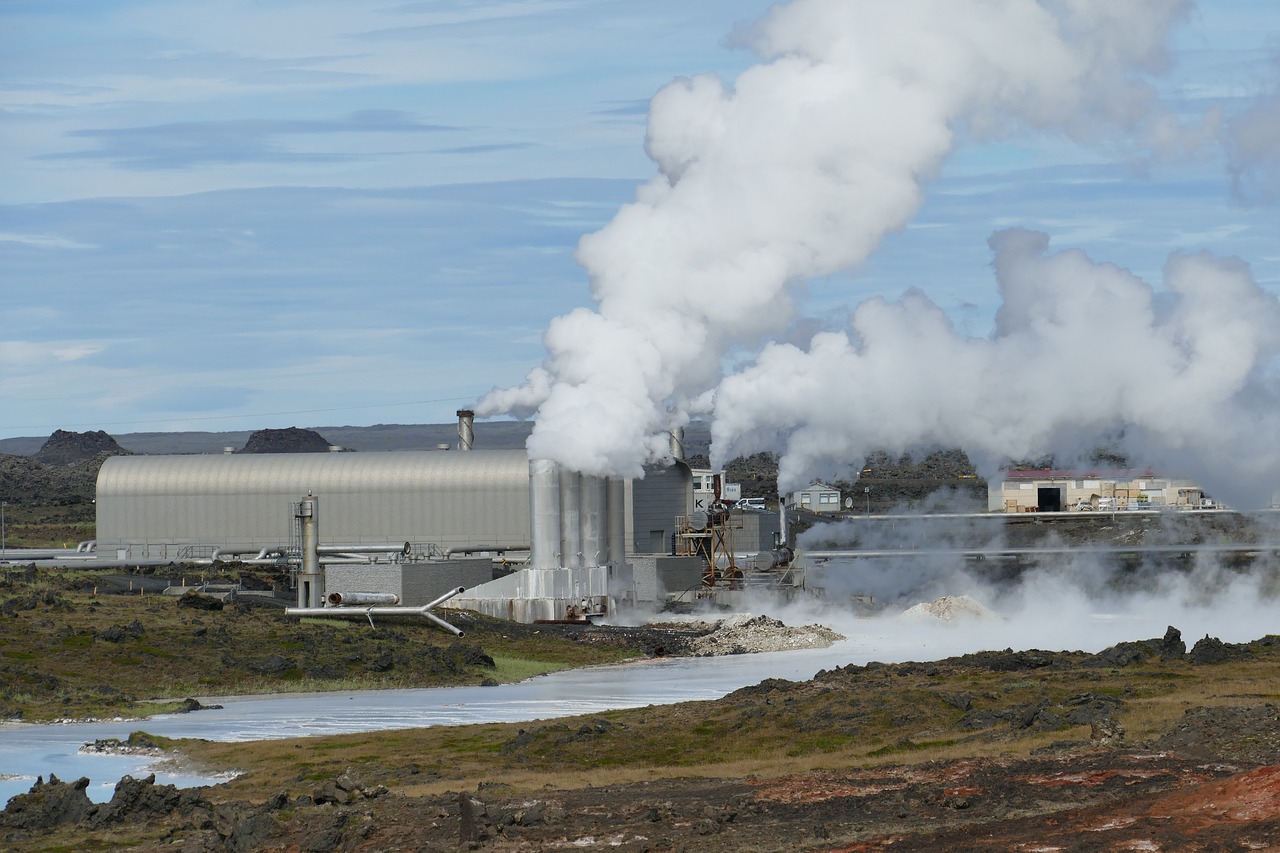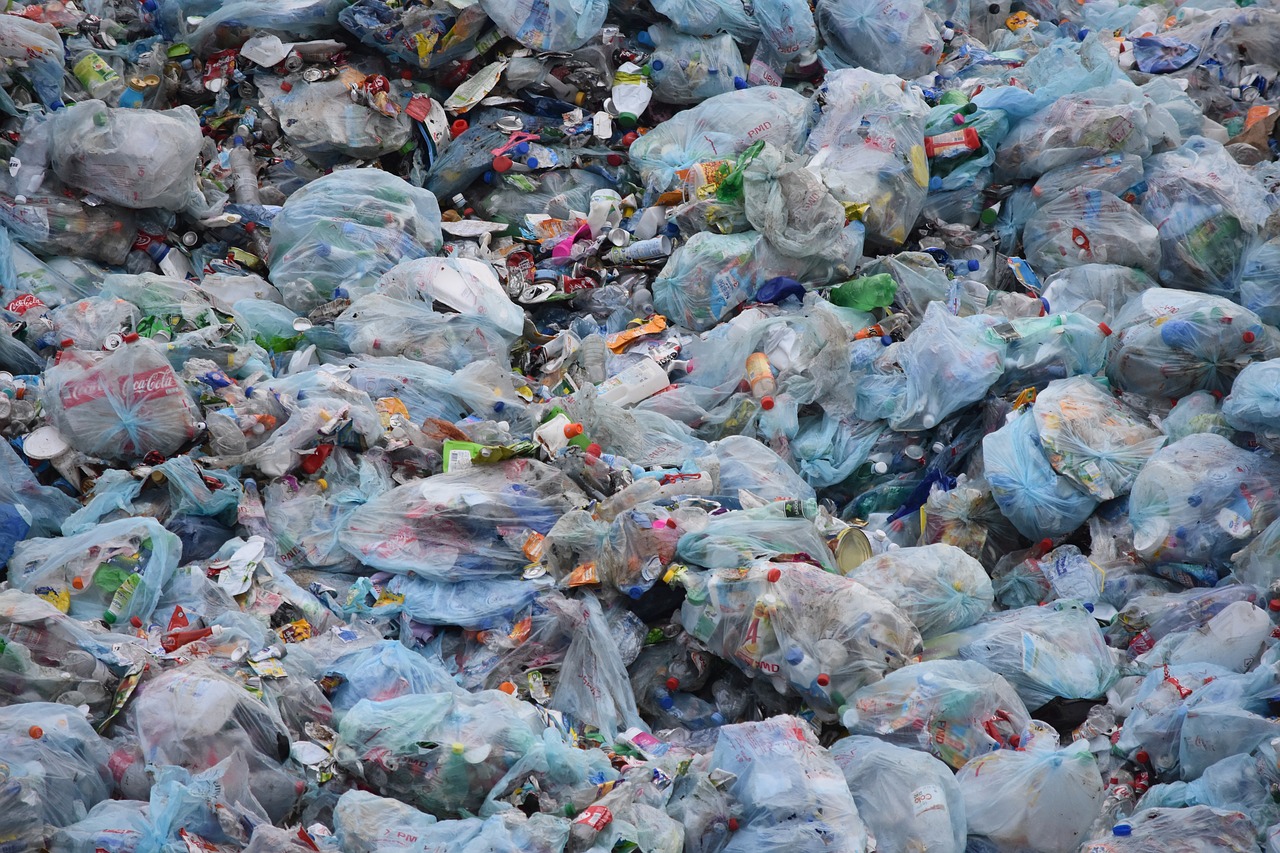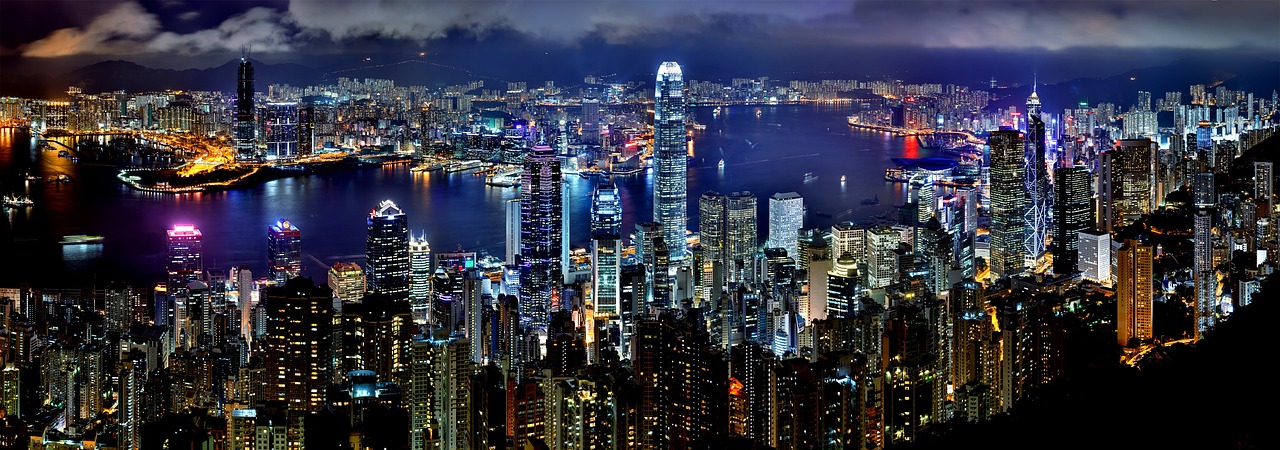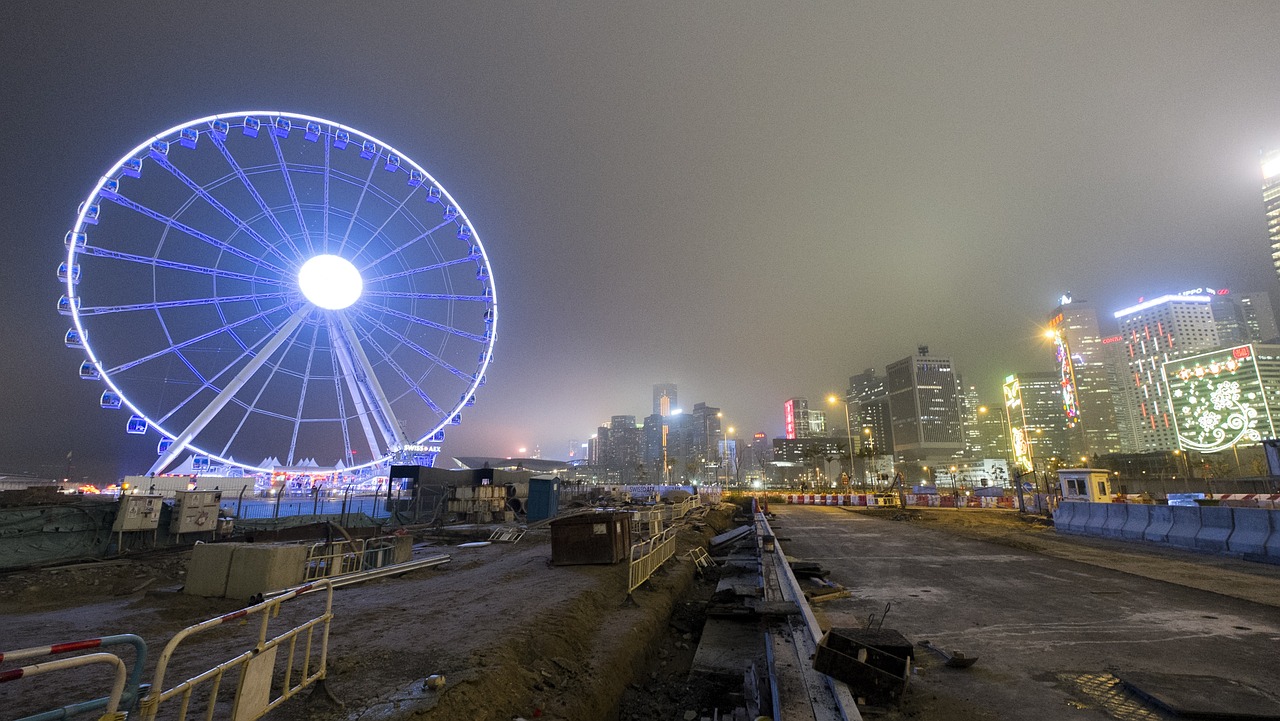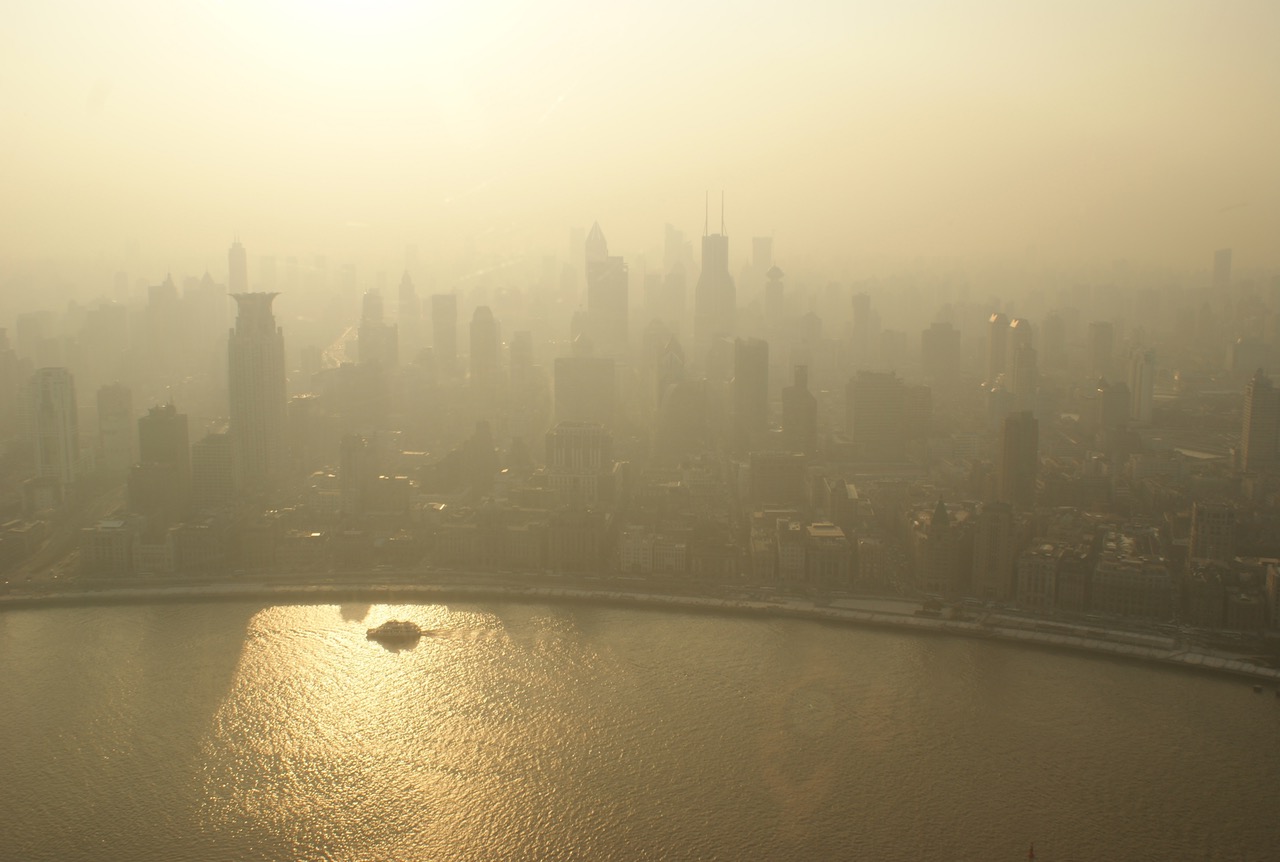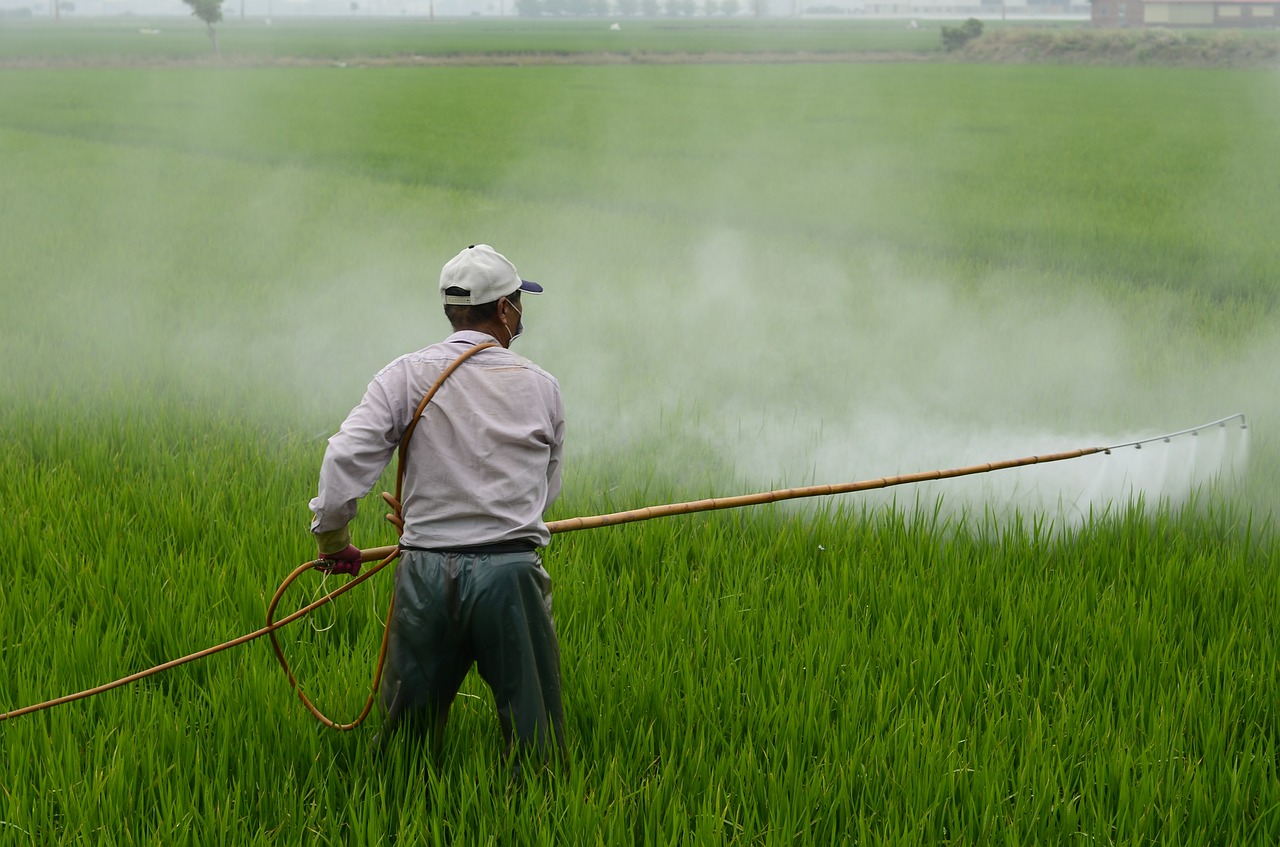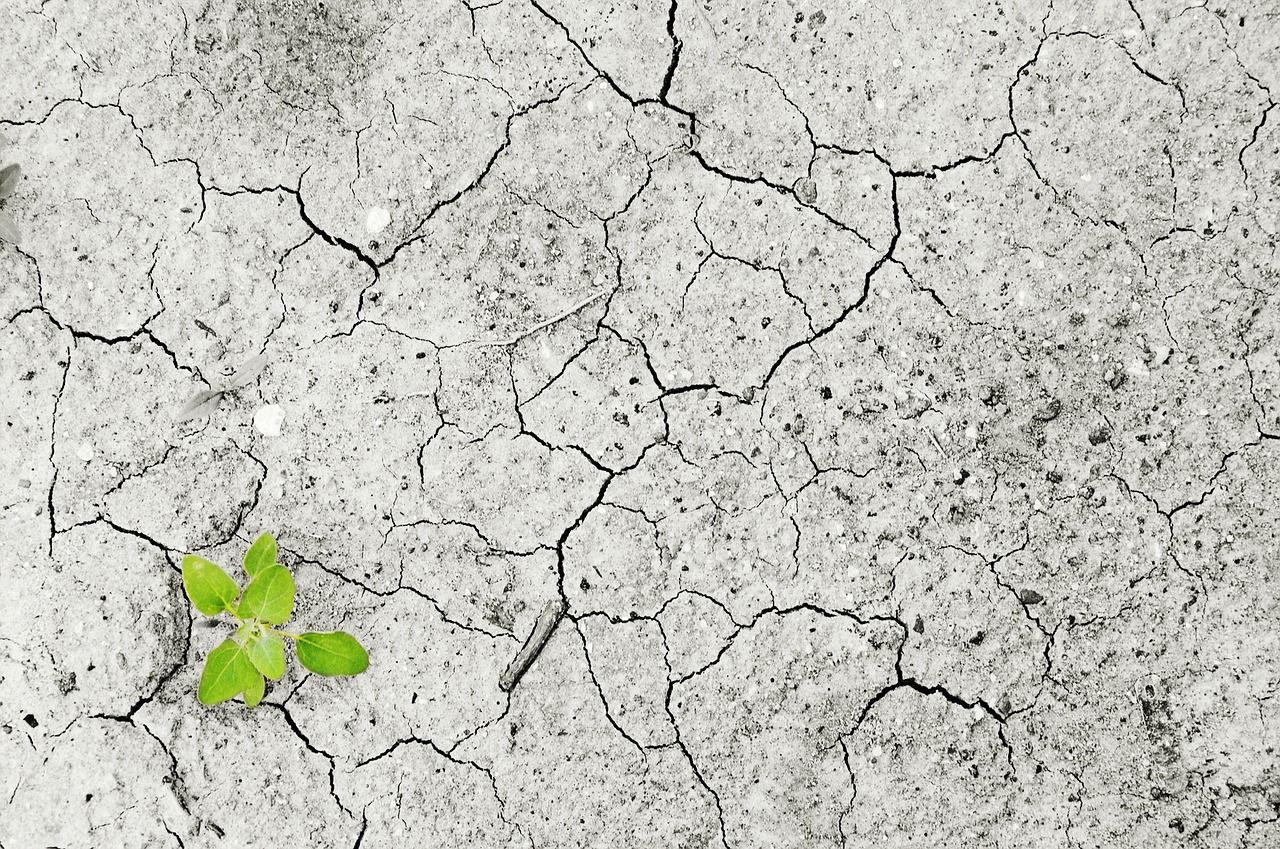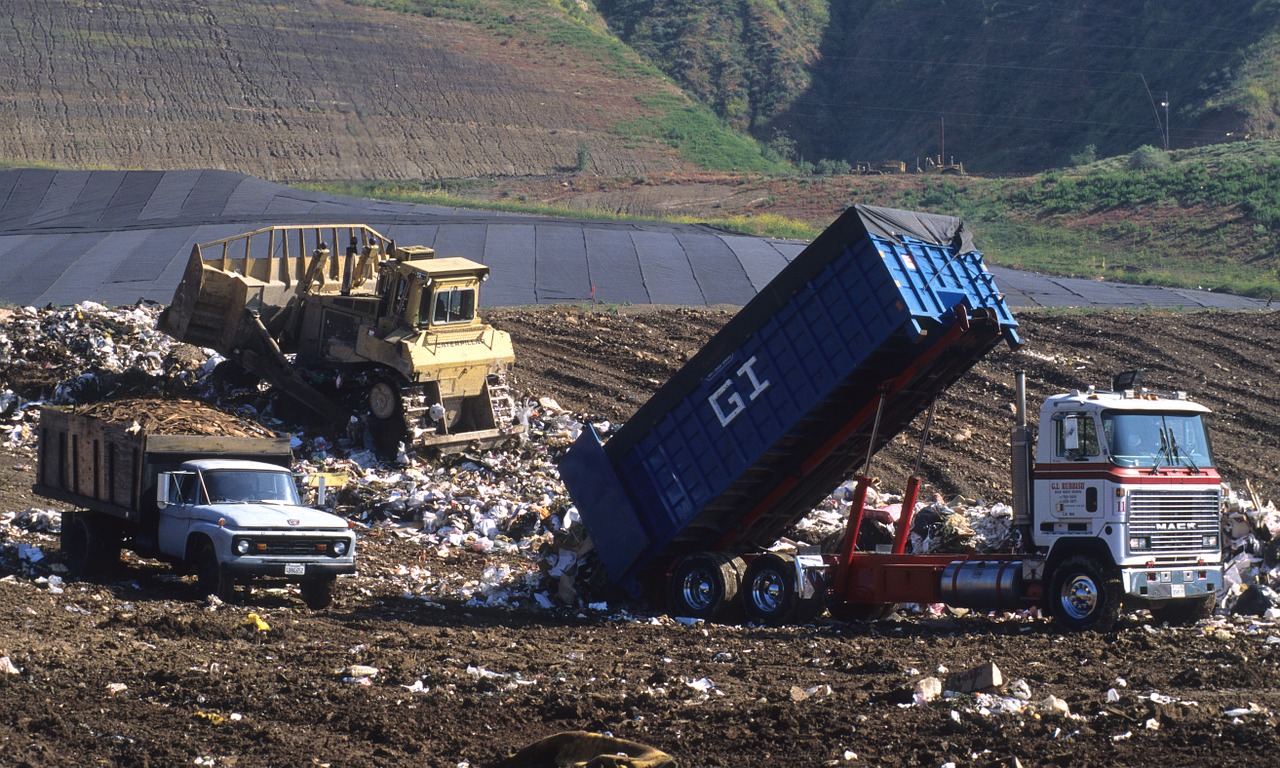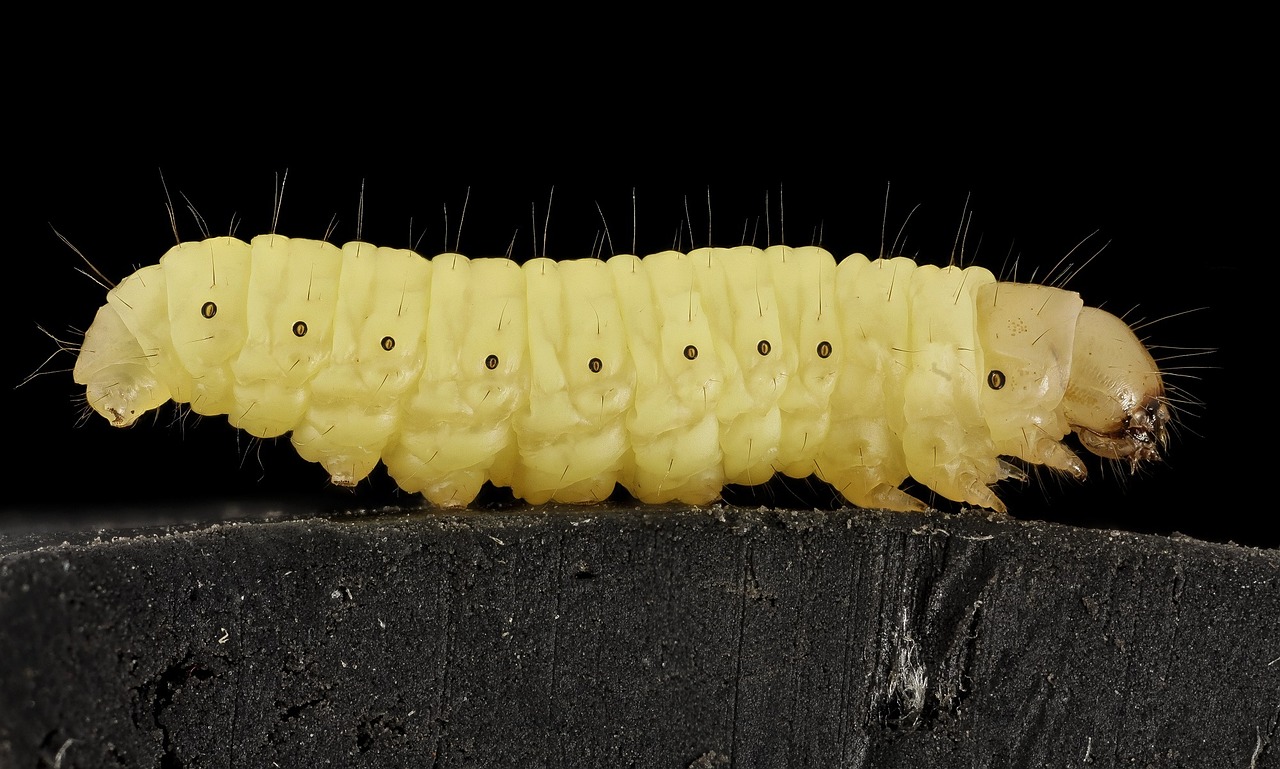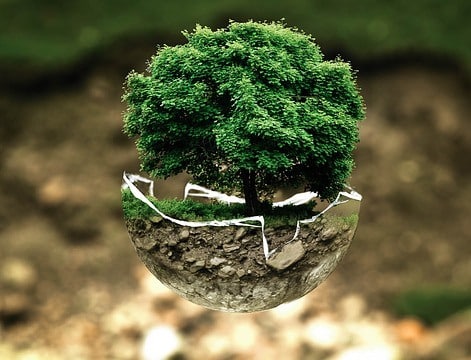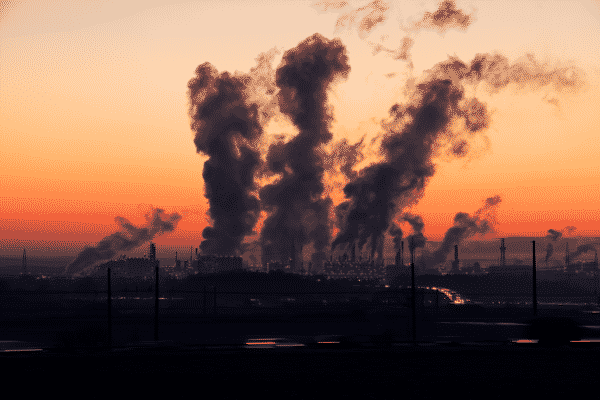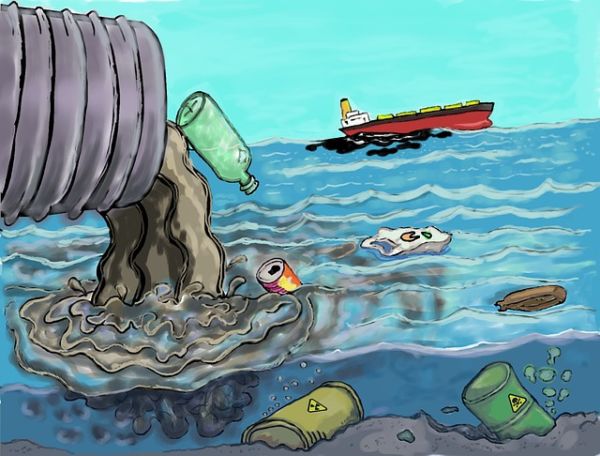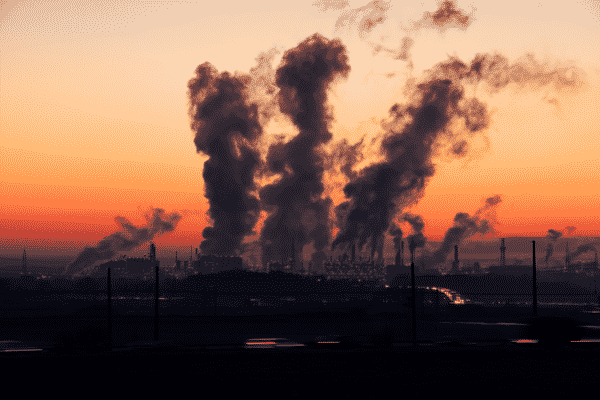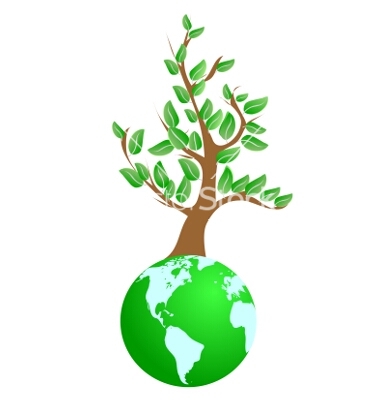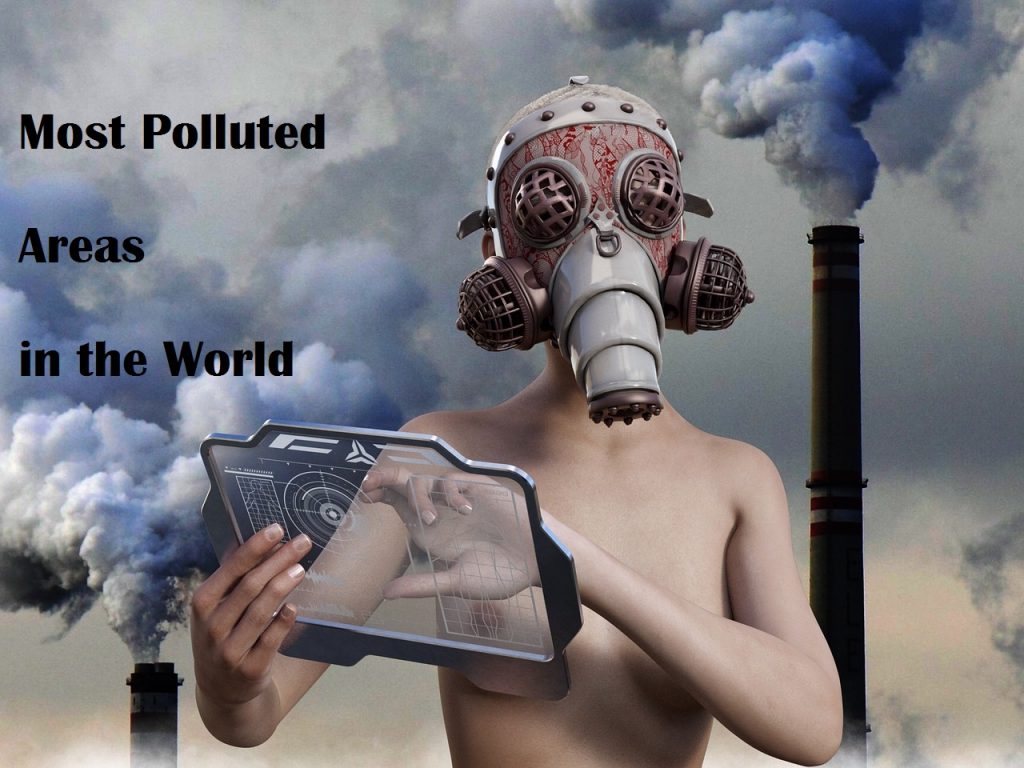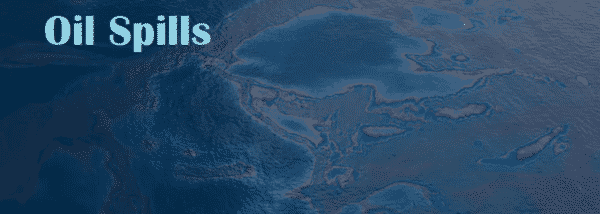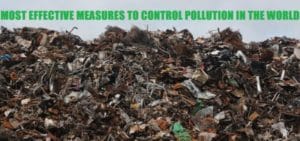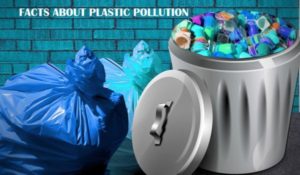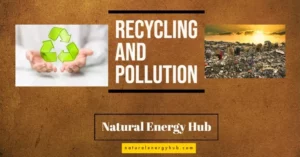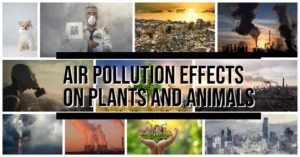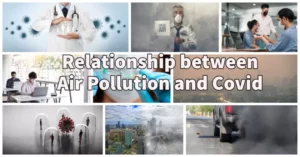The word “Pollution” is much familiar for us as we live in a much polluted environment and in a place where there is lot of hues and cries regarding pollution. Do you know what exactly pollution is and the factors that cause pollution. Let us discuss and debate over it.
What is pollution?
Pollution is the contamination of a substrate when harmful and foreign substances are added to it. This substrate can be air, water or soil. The additive substances can be of any form –solid, liquid or gases. This leads to poisoning of the medium, making it unfit to be used.
Pollution occurs in all media. In this series we will consider the pollution of the environment. This is a very important subject as it affects all aspects of life not just of humans but of plants animals and above all the reveals the forbearing and sensitive nature of our planet- Earth
How is pollution caused? When did it begin? What were the indications that started to ring alarm bells? What can be done to bring things back to the natural order? Many questions for which answers have to be given
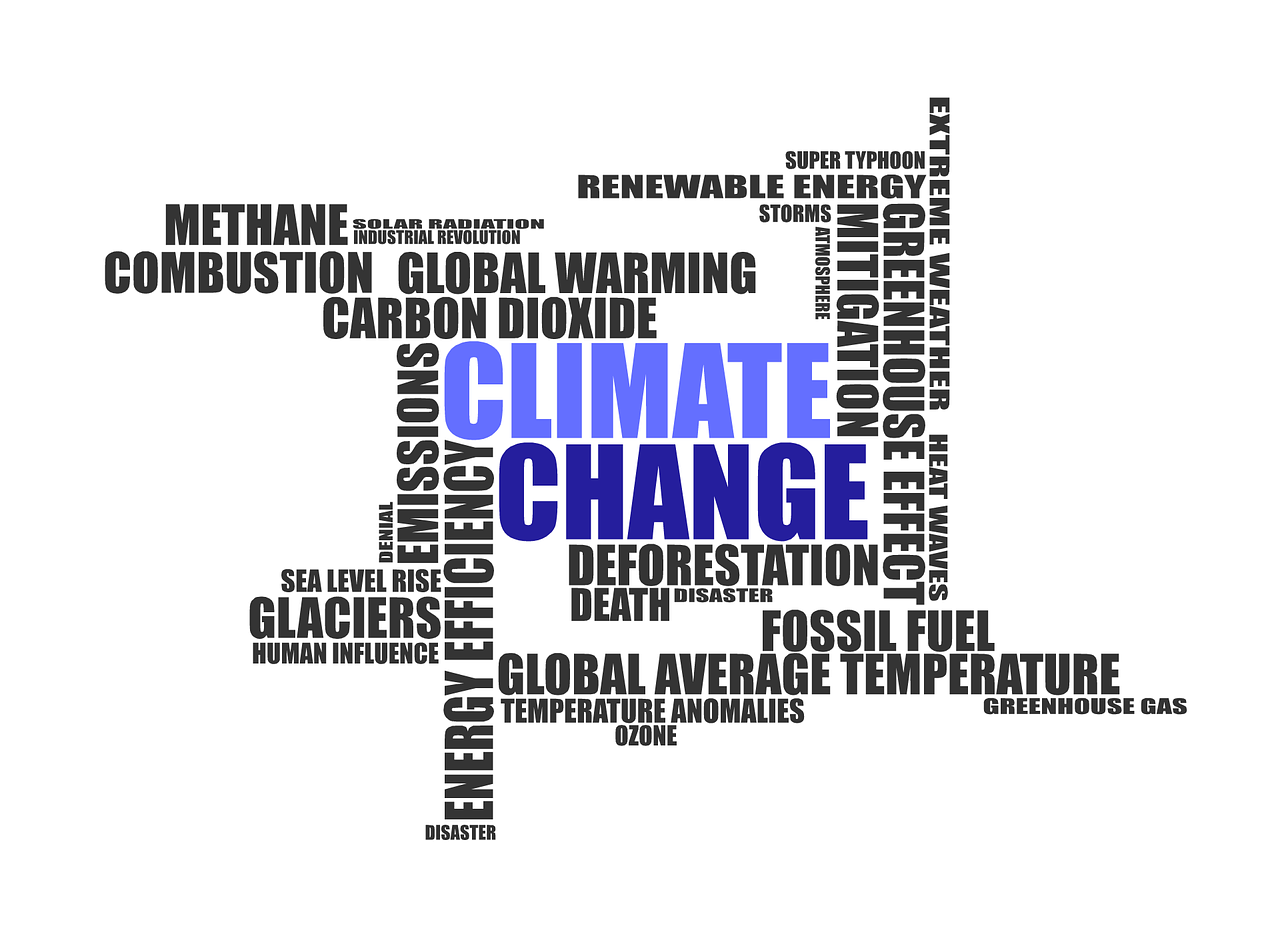
As you have heard there is air pollution, water pollution, soil pollution, noise pollution, thermal and nuclear pollution and lots more. Let’s begin with the most common causes
Burning of Fossil fuels
Wood, Coal, petroleum and natural gas are burned in large quantities to produce energy for electricity, mobilization , transport and as basic fuel for house hold needs. The end products of this process are released into the air, water and land. This is by far the most important factor causing pollution. This alone has led many to search for more environmentally friendly sources of energy
Industrialization
The increased need for goods, the growth of economy, job creation, easier production, use of machinery to do a lot in less time were all said to be the guiding factors of industrial revolution. We have all heard of the reasons why the Industrial Revolution from the 18th -19th centuries was such a big thing. Was it possible to look into the future and see the effects of this on our planet?
Industries that are into manufacturing, steel and iron industries, oil refineries, and plastic and textiles factories, dyeing plants are few industries that budded during the industrial revolution. The numbers just go on. These deal with so much chemicals and fossil fuels that their waste products and end products are released into the surrounding air, water, and land causing large scale contamination.
Mining
Mining industries strip the ground of its strong structure, cause contamination of surrounding water bodies, release huge amounts of particulate matter in to the air that it end up choking the living beings including humans.
Transport
Transportation is the backbone of every economy. Cars , trucks, trains ships airplanes are always in use. These run on fuel and release the greatest amount of exhaust gases into the atmosphere. At no point of time do we see any reduction in the number of vehicles on the roads. These keep increasing by the day.
Infrastructure of towns and cities
In towns and cities where a large number of people stay there is always scope for contaminating the environment.
Waste water treatment plants, correct forms of garbage disposal, sewage treatment plants- these are essential to maintain a good equilibrium in city life. If these are not running properly, are ill maintained or not even available, there will always be disease and death.
Landfills which are usually considered as waste disposal solution in fact lead to seepage of many poisonous products into the ground and are a breeding ground for microorganisms
Agricultural practices
Most chemicals like insecticides, ripening agents, pesticides weedicides and fertilizers are often sprayed on the farms to increase yield. All these chemicals are not used up but most are carried away by the wind and run off water to adjacent areas polluting the air, land and surrounding water bodies
Increased Livestock
Funny but true! Cattle and other livestock are now said to be causing an increase in methane in the atmosphere with their natural digestive functions. But this doesn’t stop their rearing because of the huge economic factors behind this industry.
Radioactive waste
This is a very important factor in causing pollution because of the sheer increase in the number of nuclear plants. In order to reduce dependency on fossil fuels, we now turn to nuclear energy calling it clean. But there is radioactive waste that is produced which is difficult to dispose of.
Unnecessary and excessive use of diagnostic Xrays is a form of pollution
Plastic waste disposal
A mind boggling puzzle! What do you do with all the plastic waste that is generated each day? This is non-biodegradable, which means it will not rot, melt or disappear. In cities and towns garbage dumps are an eyesore, above all a breeding ground for disease causing organisms.
If you thought burning all this plastic waste would be a solution, this leads to more trouble as by-products settle in the ground literally eliminating the fertility of the soil and poisonous fumes are released into the air.
Electronic Waste Disposal
Have not each one of us worried about how to dispose of our spent batteries or cells. Now as we get a new mobile what do we do with the old one? What about old TVs Refrigerators, Washing machines and other machines that have reached a state of disrepair?
Disposal of e- waste must be arranged in an organised manner. Many of these gadgets contain heavy metals, chemicals and plastics which are harmful for the surroundings.
Deforestation
Though not directly causing pollution, By cutting down trees the basic anchorage of the soil is removed and it facilitates soil erosion.
Removing green cover also facilitates pollution because trees help to clean up the atmosphere to a good extent. Planning cities with green spaces will help to keep the air relatively cleaner.
Indoor Pollution
Improper storage of cleaning products, over use of insect repellents, overuse of air conditioning or over heating without sufficient ventilation cause indoor pollution. When the house has been painted, notice the lingering smell as the paint dries. This is release of the paint chemicals which pollute the indoors.
Passive smoking ie non-smokers inhaling the smoky vapours of a burning cigar or cigar rete are also subject to indoor pollution. Passive smoking also is a leading cause of lung cancer
Sometimes even growing inappropriate green plants indoors depletes the rooms of usable oxygen, which is a form of pollution
Synthetic fibres in furnishings release by products slowly into the air and also absorb heat more than natural fibres.
Natural causes of pollution
These are far less frequent and do not contribute immensely to pollution. Nevertheless it is important to mention these. Volcanic eruptions, forest fires, methane from swamps and marshes are some of the natural occurrences where toxic substances are released into the environment.
Also read : Different types of Pollution
Conclusion
The list above is in no way exhaustive. There are many processes and materials that are invented and produced on a daily basis that can be wonderful and terrifying at the same time
The main reason behind pollution is basically the over consumptive and wasteful nature of man that does not allow him to enjoy what he has to a limit. Rather than take a walk in the park one prefers to be seated before the TV /computer /mobile. It’s time to decide for ourselves which is more harmful for us and the environment

